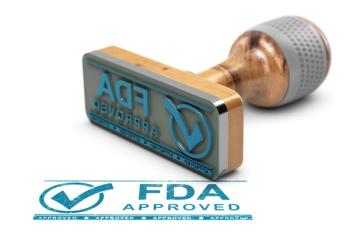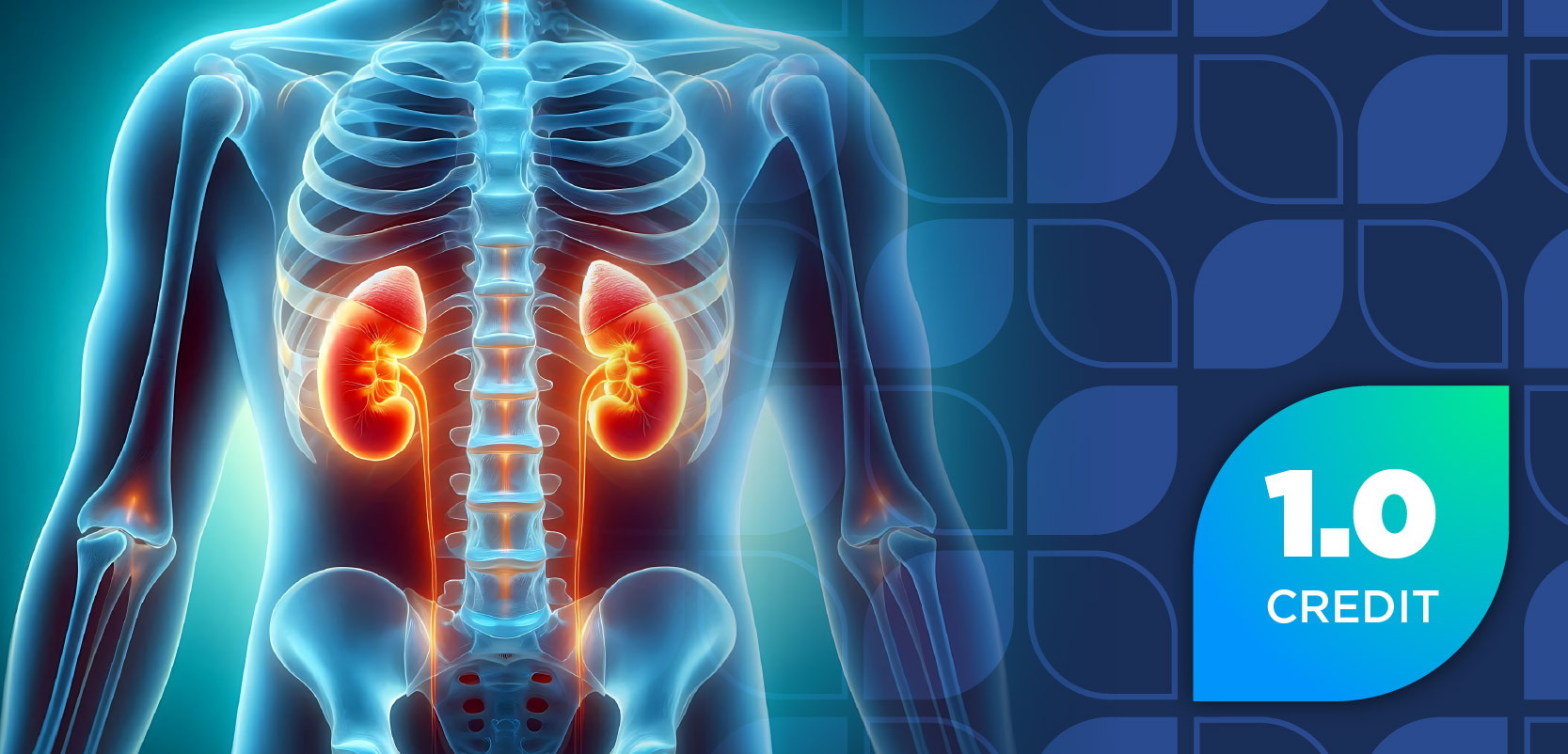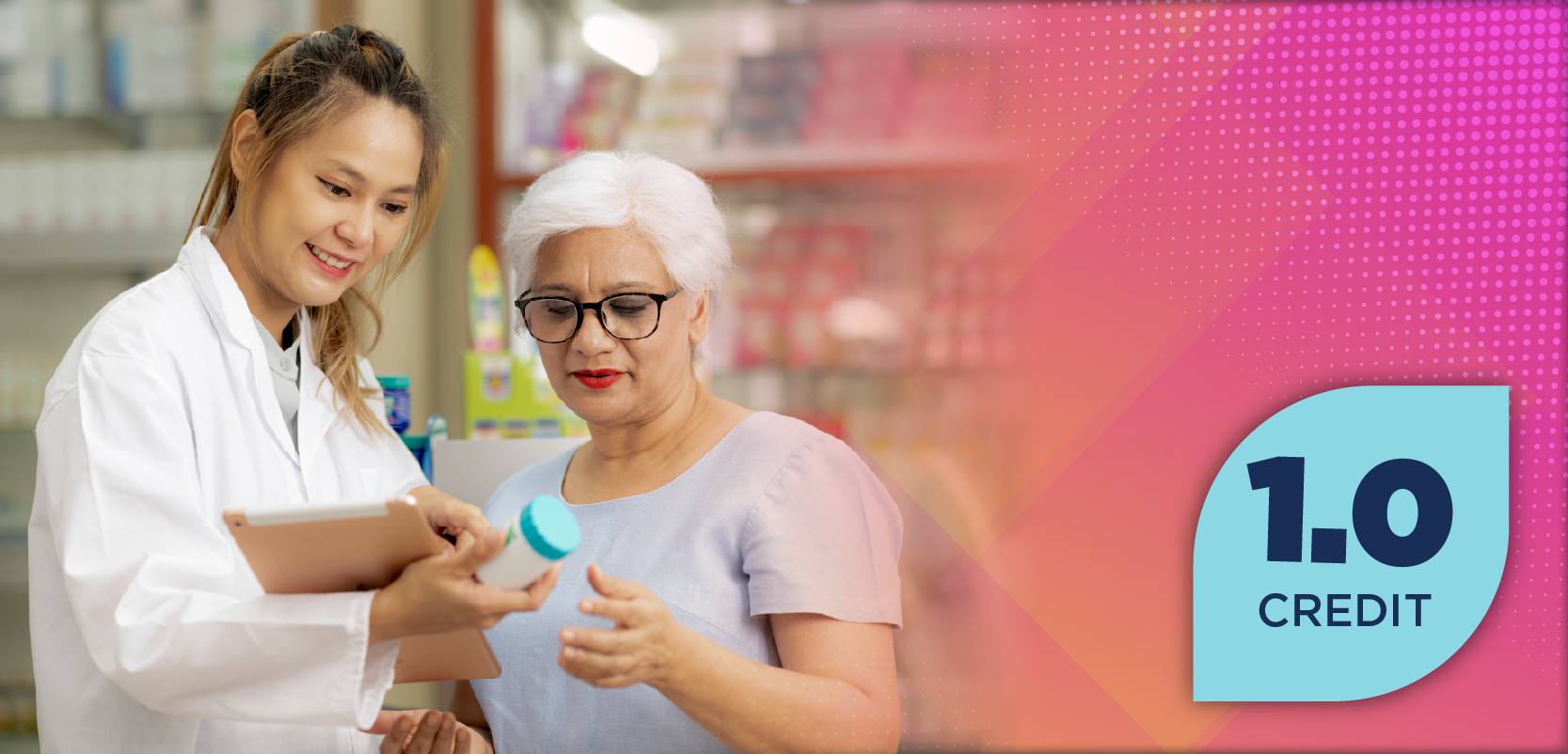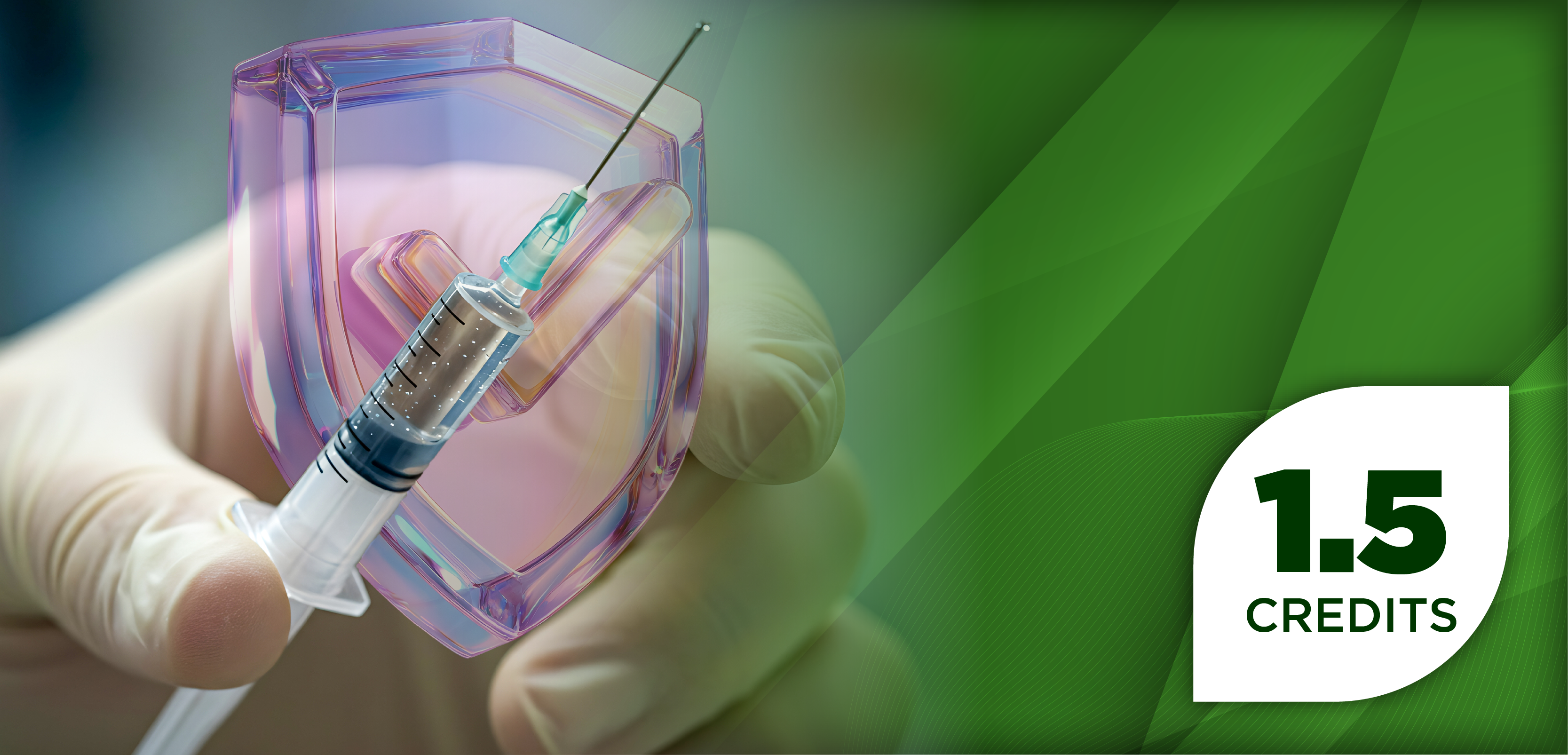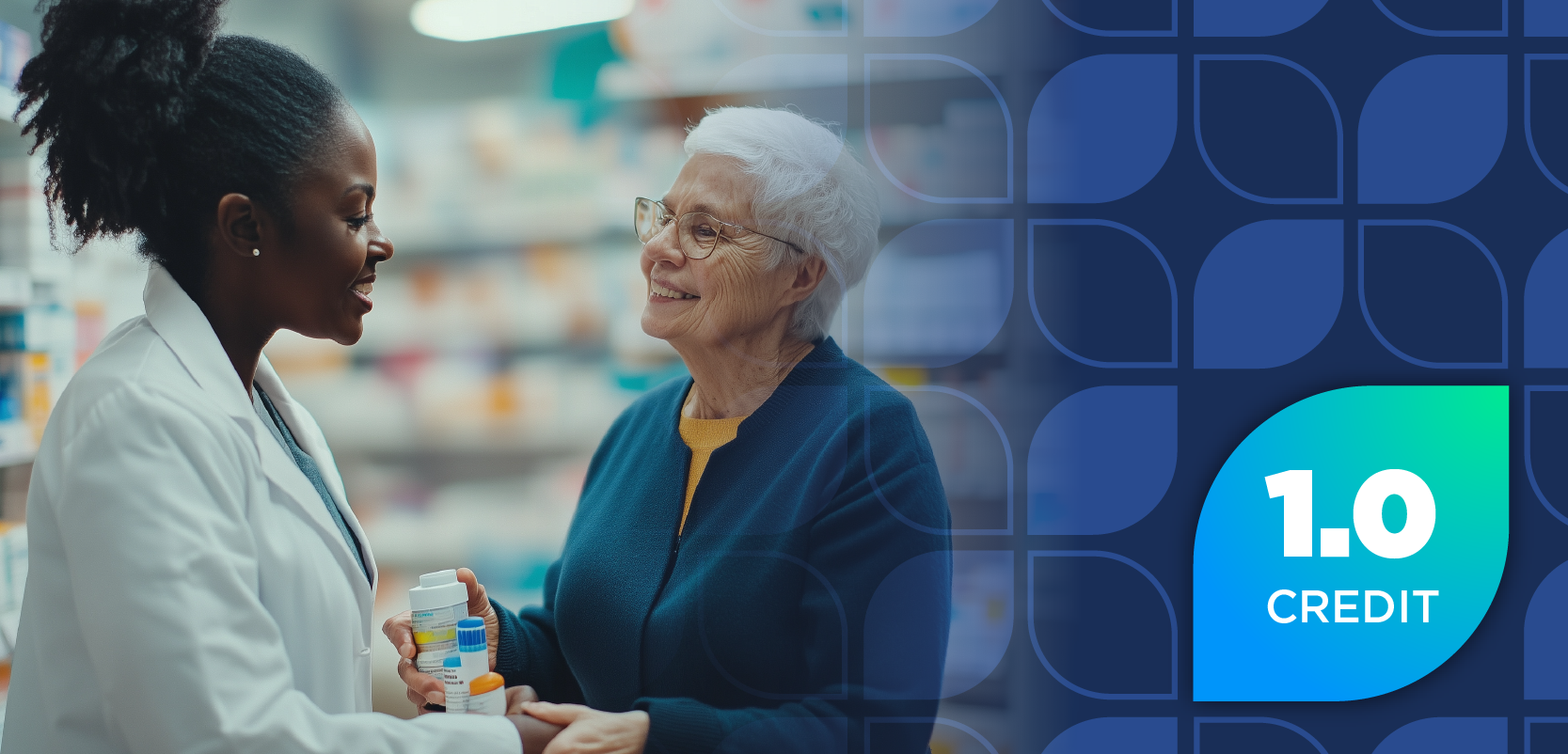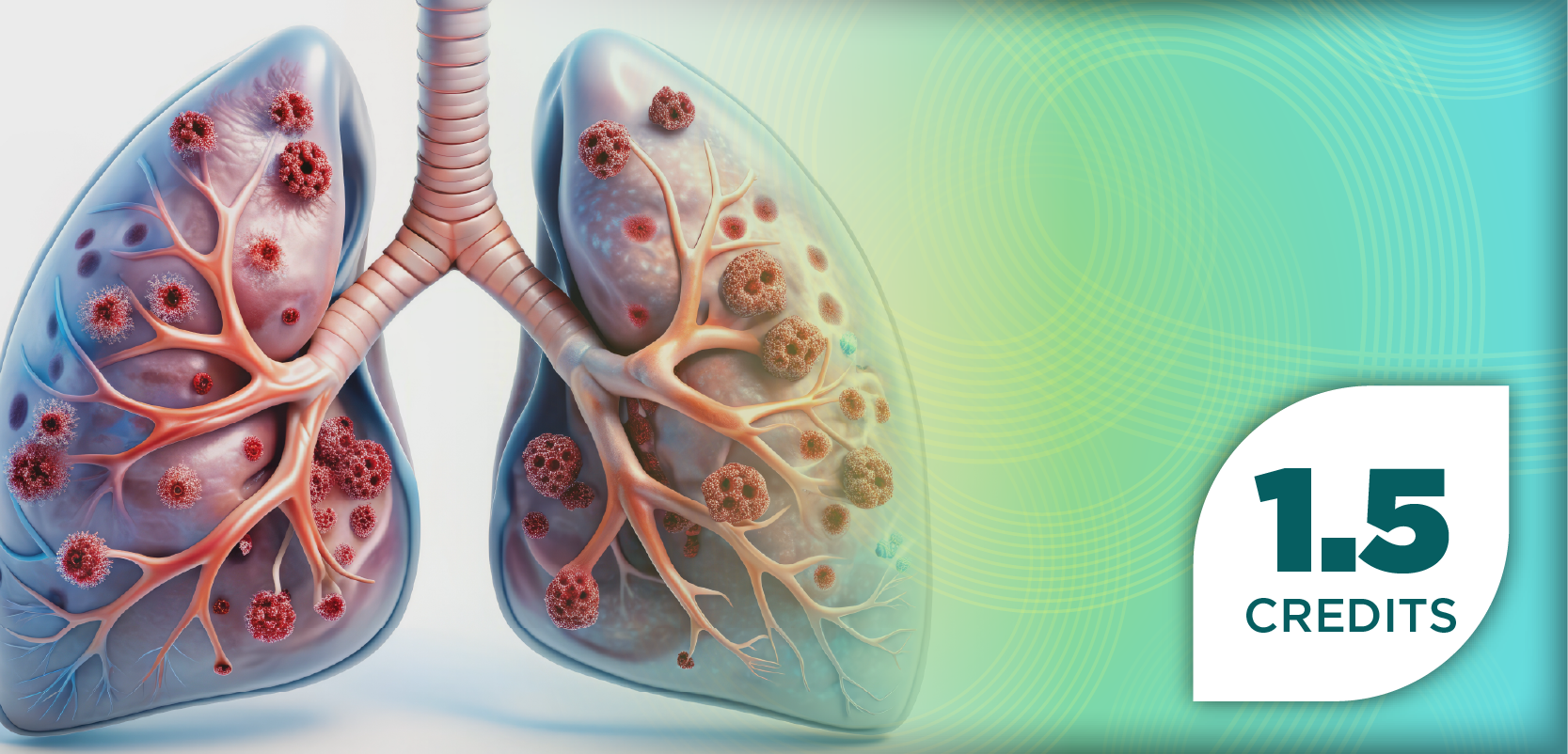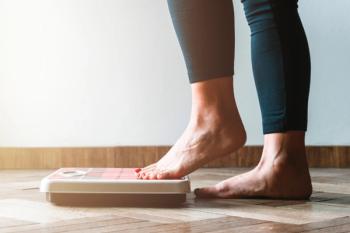
- July 2025
- Volume 91
- Issue 7
Pharmacists' Guide to Selection and Use of At-Home Blood Pressure Monitors
Key Takeaways
- Hypertension affects 48.1% of U.S. adults, with only 22.5% achieving controlled BP, highlighting the need for regular monitoring.
- The AHA advises at-home BP monitoring using validated, automatic, cuff-style upper arm devices for accurate readings.
The American Heart Association recommends an automatic, cuff-style upper arm monitor.
Because hypertension (HTN) is often asymptomatic, especially in its early stages, individuals at risk, those already diagnosed, and anyone taking a proactive approach to health should regularly monitor their blood pressure (BP).
Various health care organizations, such as the CDC and the American Heart Association (AHA), indicate that using a reliable device can be instrumental in preventing or minimizing the numerous health complications associated with uncontrolled BP, such as myocardial infarction, heart failure, atherosclerosis, stroke, kidney disease, and vision loss. Moreover, monitoring BP facilitates early detection for prompt clinical intervention tailored to each patient, assists patients in reaching established BP targets, and provides clinicians and patients with valuable information to monitor response to the selected treatment plan, which may involve prescribed medications and lifestyle changes tailored to the patient’s needs.
According to the CDC, HTN is defined as consistent readings of systolic blood pressure greater than 130 mm Hg or a diastolic blood pressure greater than 80 mm Hg.1 According to CDC data, an estimated 48.1% of adults in the United States have HTN, representing an estimated 119.9 million individuals. In 2022, HTN was cited as a primary or contributing cause of 685,875 deaths in the United States. Furthermore, an estimated 1 in 5 deaths related to COVID-19 occurred in individuals with a history of HTN, and only 1 in 4 adults (22.5%, representing 27 million) with HTN have controlled their BP. Finally, an estimated 45% of adults, representing 37 million, have uncontrolled blood pressure.2
The AHA recommends at-home self-monitoring of BP for anyone diagnosed with HTN, individuals initiating or changing HTN treatments to assess response to therapy, and individuals who warrant closer monitoring, including those at risk for HTN and those with conditions that may cause increases in BP.3 Pharmacists are well positioned to guide patients in selecting an at-home blood pressure monitor and educating them on the proper procedure for measuring BP.
The AHA recommends an automatic, cuff-style upper arm (bicep) monitor and does not recommend wrist and finger BP monitors, as these give less reliable readings.3 The AHA also encourages patients to select a validated monitor and directs individuals to the website validatebp.org, which provides detailed information about devices tested and confirmed for clinical accuracy. Another key facet to consider when selecting a BP monitor is ensuring the cuff fits the upper arm to ensure the accuracy of readings.3
Recent News and Clinical Data
Data from an AHA study showed that 74% of patients with resistant HTN, including those with chronic kidney disease, improved their BP within a year using a Bluetooth remote monitoring system with pharmacist interventions. Additionally, two-thirds of these patients participated in telehealth pharmacist comanagement, which included medication adjustments and adherence support, resulting in better BP outcomes and fewer hospitalizations.4
Another study, with findings published in JAMA Internal Medicine, examined how various arm positions influence BP readings. The authors noted that guidelines for BP measurement recommend that the arm rests on a table or desk, with the midcuff positioned at heart level. However, nonoptimal positions are often used in clinical practice, such as having the arm resting in the patient’s lap or unsupported by their side.5
The findings indicated that resting the arm on the lap led to overestimating systolic BP by 3.9 mm Hg and diastolic BP by 4.0 mm Hg. Additionally, having an unsupported arm at the side caused an overestimation of systolic BP by 6.5 mm Hg and diastolic BP by 4.4 mm Hg, producing consistent results across different subgroups.5 The authors concluded that frequently used, nonstandard arm positions in BP measurements significantly inflate BP readings, emphasizing the importance of standardized positioning.5
In-office BP monitoring is vital, but home monitoring is also crucial for insights into daily readings and the impacts of stress, diet, and activity. Recently, the American Medical Association (AMA) discussed the phenomenon of white coat HTN vs masked HTN. The AMA noted that masked HTN is common, yet many clinicians are unfamiliar with it. The authors stated, “The phenomenon of white-coat hypertension—when a patient experiences high blood pressure in the office, but not outside of it—is now widely recognized by physicians and a catalyst for the push for measurements at home to ensure accuracy in BP measurement to inform hypertension diagnosis and treatment.” On the other hand, masked hypertension is when the patient does not have high BP in their physician’s office but does have high BP outside of the office.6 These concerns highlight the need for at-home BP monitoring.6
Finally, a report from the AMA indicates that inaccurate BP measurement can result in incorrect HTN classification. The authors wrote, “Unfortunately, BP measurement is often suboptimally performed in clinical practice, leading to errors that inappropriately alter management decisions in 20% to 45% of cases. This inaccuracy has persisted despite extensive education and efforts to raise awareness on the adverse consequences of incorrect clinic BP measurement.”7 The report elaborated on 4 means that can impact the accuracy of BP readings, including patient-related (based on diet, caffeine intake, nicotine use, etc), procedure-related (nonstandard arm positioning, crossed legs, etc), equipment-related (an ill-fitting cuff, inaccurate devices), and clinician-related (skipping the 5-minute rest, talking while measuring BP, etc).7
AHA-Recommended Procedure for At-Home Monitoring
To ensure accuracy, it is critical to adhere to the recommended procedure for taking BP measurements, and the AHA recommends the following3,8:
· Plan in advance or set a time of day to take BP measurements. Ensure the room temperature is comfortable; avoid smoking, taking caffeine, or exercising 30 minutes before measuring BP; and urinate beforehand. Wait 10 to 15 minutes after a bath or shower and 30 minutes after eating before measuring BP.
· Never measure over a shirt sleeve. Roll up the sleeve or remove the jacket or shirt before placing the cuff on the arm.
· Sit still. Allow at least 5 minutes of quiet rest before taking a measurement, and do not talk while taking it.
· Sit straight in a chair with feet flat on the floor and legs uncrossed. Support the arm on a flat surface and position the cuff’s middle on the upper arm at heart level. Instruct patients to refer to the monitor instructions for illustrations or ask their pharmacist or other health care provider for a demonstration.
· Measure at the same time every day. This is important, especially if trying to determine the efficacy of antihypertensive medication.
· Take multiple readings and record the results, such as 2 BP readings 1 minute apart. Most monitors save data on the device or app; alternatively, advise the patient to keep a log to discuss results with their health care provider. They should also record any factors that might have affected the reading, such as stress, illness, or lack of sleep.
Conclusion
Beyond device selection, pharmacists are uniquely positioned to identify patients at risk for HTN. They can provide guidance for those newly diagnosed via assisting patients in understanding HTN, navigating therapy goals, and reinforcing the importance of adhering to medication and nonpharmacological measures such as diet and exercise, routine health care, and follow-ups.
References
- About high blood pressure. CDC. January 28, 2025. Accessed May 20, 2025. https://www.cdc.gov/high-blood-pressure/about/index.html
- High blood pressure facts. CDC. January 28, 2025. Accessed May 20, 2025. https://www.cdc.gov/high-blood-pressure/data-research/facts-stats/index.html#:~:text=A%20higher%20percentage%20of%20men,2
- Home blood pressure monitoring. American Heart Association. Updated May 20, 2024. Accessed May 20, 2025. https://www.heart.org/en/health-topics/high-blood-pressure/understanding-blood-pressure-readings/monitoring-your-blood-pressure-at-home
- Remote monitoring and pharmacist helped improve hard-to-control blood pressure. News release. American Heart Association. September 5, 2024. Accessed May 20, 2025. https://newsroom.heart.org/news/remote-monitoring-and-pharmacist-helped-improve-hard-to-control-blood-pressure
- Liu H, Zhao D, Sabit A, et al. Arm position and blood pressure readings: the ARMS crossover randomized clinical trial. JAMA Intern Med. 2024;184(12):1436-1442. doi:10.1001/jamainternmed.2024.5213
- Smith TM. Think you know your patient’s blood pressure? Maybe think again. American Medical Association. February 7, 2025. Accessed May 20, 2025. https://www.ama-assn.org/delivering-care/hypertension/think-you-know-your-patient-s-blood-pressure-maybe-think-again#:~:text=Half%20the%20dues%2C%20all%20the%20AMA%20benefits!&text=Who%20is%20that%20masked%20person,high%20outside%20of%20the%20office
- Berg S. 4 big ways BP measurement goes wrong, and how to tackle them. American Medical Association. May 7, 2025, Accessed May 20, 2025. https://www.ama-assn.org/delivering-care/hypertension/4-big-ways-bp-measurement-goes-wrong-and-how-tackle-them
- Cornelison B. Home testing and monitoring devices. In: Krinsky DL, Ferreri SP, Hemstreet BA, Hume AL, Rollins CJ, Tietze KJ, eds. Handbook of Nonprescription Drugs: An Interactive Approach to Self-Care. 21st ed. American Pharmacists Association; 2024.
Articles in this issue
5 months ago
Product News for July 20255 months ago
Pharmacy Policy Updates for July 20255 months ago
OTC Case Studies: Family Planning5 months ago
Invest a Few Minutes in Inhaler CounselingNewsletter
Stay informed on drug updates, treatment guidelines, and pharmacy practice trends—subscribe to Pharmacy Times for weekly clinical insights.




